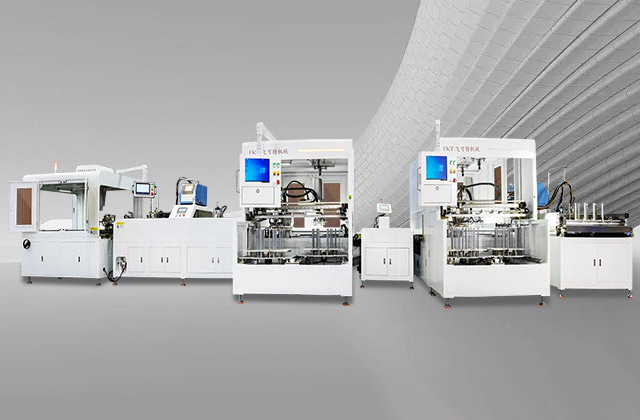
Aug 20, 2025
If you’ve ever watched flat cardboard turn into folded boxes and thought, “How does that happen?” you’re not alone. A Collapsible Box Making Machine simplifies complex box production into easy steps—no technical expertise needed to understand it. This guide breaks down its core process so you can grasp the basics fast.
Every Collapsible Box Making Machine follows this straightforward flow to make boxes:
1.Flat materials (cardboard, laminated paper, thin board) enter via a feeder—soft rubber 2.rollers feed one sheet at a time to avoid jams, and an anti-static brush stops slippery sheets from sticking.
2.Metal wheels press precise crease lines, adjusted by material thickness: narrow wheels for thin board (prevent tearing) and wider ones for thick cardboard (form durable deep creases).
3.Mechanical arms or guide rails bend the material along creases into a 3D box; automatic models need no manual help, ensuring consistent folds.
4.Hot-melt adhesive is applied to the box’s overlapping parts to secure it; fast-drying glue plus a small fan prevents thin board from warping.
5.Finished boxes move to a conveyor—sensors screen out flawed ones, and qualified boxes stack neatly for collection.
You don’t need to be an engineer to know these important components:
This is the machine’s “brain.” It remembers settings for different materials—so if you switch from cardboard to laminated paper, you just pick a pre-saved setting, and it adjusts speed/pressure automatically. No more re-calibrating every time.
These wheels aren’t one-size-fits-all. Swap them easily (in 5–10 minutes) to match your material: narrow for thin board, wide for thick cardboard. They’re the reason folds look clean, not messy.
The conveyor belt that moves material needs just the right tightness. A quick turn of the lever fixes slipping (too loose) or worn belts (too tight). For slippery laminated paper, some machines add small silicone strips to the belt for extra grip.

Hot-melt glue dries in seconds (glue sticks take minutes) and sticks to glossy laminated paper—glue sticks often peel off. It’s also better for recycled materials.
Most machines have a detector that stops it immediately. Double feeds cause jams, so this saves time and prevents damage.
For packaging teams, a helpful Collapsible Box Making Machine should cut down on guesswork and downtime—here are key features that align with how you actually work:
Pre-saved material settings: No need to re-calibrate every time you switch to cardboard, laminated paper, or thin board; select a pre-set option, and the machine adjusts pressure and speed automatically.
Durable creasing wheels: Wheels designed to handle daily use (even with thick cardboard) last longer than basic ones, so you don’t stop production to replace parts often.
Built-in anti-static tools: The same anti-static brushes that prevent material sticking during feeding also reduce static-related jams—saving time on fixing misfeeds.
Glue-saving design: The zigzag or dot adhesive nozzles (used to avoid overflow) use less glue overall, which cuts down on waste and keeps boxes clean.
Easy troubleshooting help: If you’re confused about crease depth or conveyor tension, most machines come with support that lets you get guidance via video (no need to wait for a technician to visit your factory).
A Collapsible Box Making Machine turns flat material into boxes in 5 simple steps: feed, crease, fold, glue, finish. Key parts like servo controls and adjustable wheels keep it running smoothly. Understanding this helps you spot small issues early and use the machine better.
If you want a machine that’s easy to use and reliable, FKT’s Collapsible Box Making Machines are built for that. Visit our website for a quick demo or contact us with questions.
GET A QUOTE